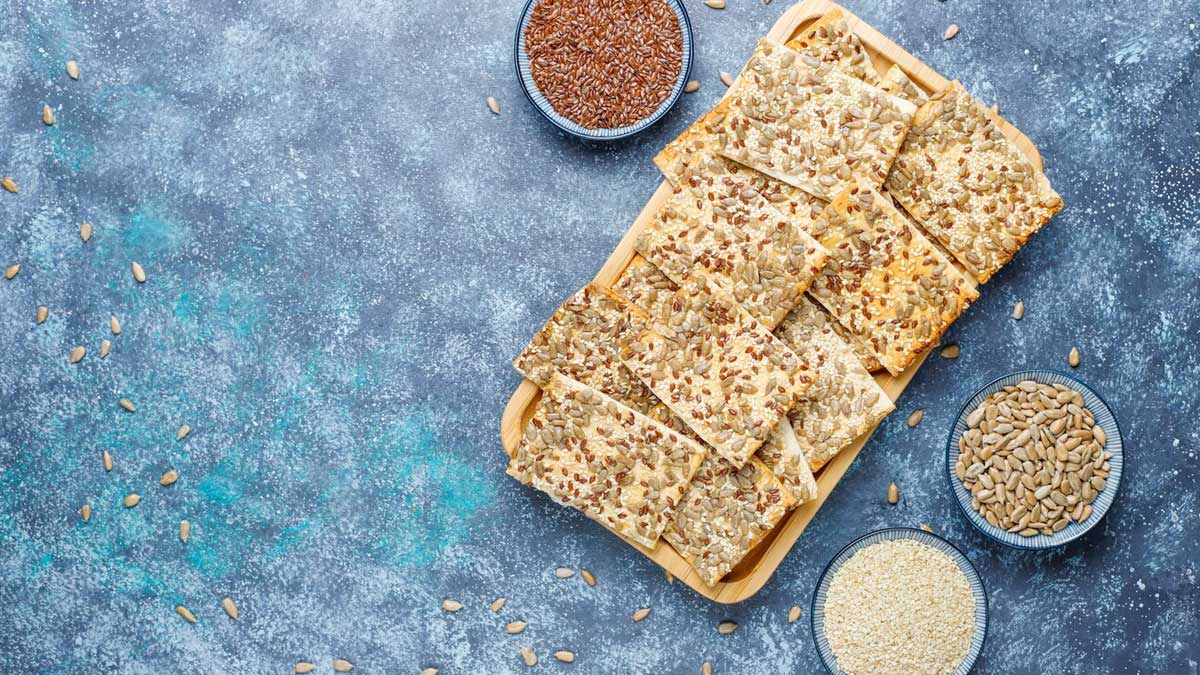Multigrain Bread Toast Vs. Oatmeal: Which Is A Better Source Of Fibre In The Morning?
Published 8 hours ago• 3 minute read
Expert
Multigrain bread toast and oatmeal are two of the most popular breakfast options, both rich in fibre. But is one a better source of fibre than the other? Let’s find out.

Both oatmeal and multigrain toast are fibre-rich and nutrient-dense options for a healthy breakfast — but they differ slightly in composition, preparation, and how full they keep you, says .
Multigrain toast is made from bread that contains two or more types of grains, such as wheat, barley, millet, oats, and flaxseeds. Oatmeal, on the other hand, is made from oats — a whole grain known for its high soluble fibre content, particularly beta-glucan, which has been linked to lowering cholesterol levels.
Top Stories

Oatmeal is generally considered a healthier choice due to its higher fibre content, lower glycaemic index, and potential cholesterol-lowering effects.
Velangi says, "An ordinary serving of plain oatmeal (approximately one cup cooked) provides roughly four grams of fibre, mostly soluble fibre (beta-glucan), which serves to regulate blood sugar and cholesterol levels. Oatmeal is also a complex carbohydrate, source of iron, magnesium, and antioxidants, and hence a sought-after choice for those seeking sustained release of energy and protection of the heart."
Oatmeal usually comes out on top, though, as a softener of blood sugar in people who have diabetes or high cholesterol, as well as a cardioprotective food.
Multigrain bread, while better than white bread, may have a higher glycaemic index and can vary in nutritional value depending on the specific grains used and whether they are whole grain or refined.
"A slice of multigrain bread typically contains 2-4 grams of fibre, depending on the brand and the grains used. When made with whole grains like oats, barley, millet, and flaxseeds, its nutritional value and fibre content increase significantly. Some varieties are also fortified with added fibre to boost their benefits further," Velangi adds.
For a healthy breakfast, the optimal serving amount would be:
To increase fibre, add the following:
- To oatmeal: Sprinkle chia seeds, flaxseeds, nuts, berries, or sliced banana.
- To toast: mashed avocado or sliced vegetables

To make your breakfast fibre-rich, it is crucial to focus on adding whole, unprocessed foods that are naturally high in fibre.
Start with a base of whole grains like oats, multigrain bread, or millets, which provide a solid foundation of complex carbohydrates and dietary fibre.
You can include fruits such as apples, bananas, berries, or papaya. Include nuts and seeds like almonds, chia seeds, or flaxseeds, which not only enhance fibre content but also provide healthy fats and protein.
Additionally, you can include some vegetables like spinach, tomatoes, or bell peppers in omelettes or breakfast wraps for added fibre and nutrients.
Finally, limit sugary cereals and refined carbs, as they often lack fibre and can cause blood sugar spikes.
When it comes to choosing between multigrain toast and oatmeal, Velangi says that the healthier option will be determined by individual nutrient requirements. According to her, oatmeal will be the healthier option for heart function and fullness, but multigrain toast provides textural variety. So, both can be included in a balanced breakfast: one slice of toast and a small serving of oats with a serving of fruit to maximise nutrients and fibre.
Loading...
Loading...










:max_bytes(150000):strip_icc()/GettyImages-1281747149-9726f8310437469f932f814e2a8cd02e.jpg)
